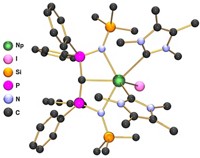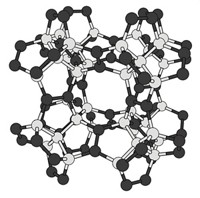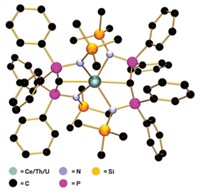Advertisement
Grab your lab coat. Let's get started
Welcome!
Welcome!
Create an account below to get 6 C&EN articles per month, receive newsletters and more - all free.
It seems this is your first time logging in online. Please enter the following information to continue.
As an ACS member you automatically get access to this site. All we need is few more details to create your reading experience.
Not you? Sign in with a different account.
Not you? Sign in with a different account.
ERROR 1
ERROR 1
ERROR 2
ERROR 2
ERROR 2
ERROR 2
ERROR 2
Password and Confirm password must match.
If you have an ACS member number, please enter it here so we can link this account to your membership. (optional)
ERROR 2
ACS values your privacy. By submitting your information, you are gaining access to C&EN and subscribing to our weekly newsletter. We use the information you provide to make your reading experience better, and we will never sell your data to third party members.
Materials
Getting Stuffed Improves Stability Of Boron Fullerenes
May 5, 2008
| A version of this story appeared in
Volume 86, Issue 18
Adding to the growing theoretical collection of boron analogs of fullerenes, chemists have postulated that a new family of boron clusters stuffed with a few extra boron atoms should be more stable than the previously hypothesized champion of stability, B80. Because boron in many ways resembles carbon in its properties—except in having one fewer electron—chemists have long been intrigued by the possibilities of creating graphitelike and fullerene-like boron materials. Chemists are still working out how to make the compounds, so most research in the area is done on a computer. Eluvathingal D. Jemmis at the Indian Institute of Science, in Bangalore, India, and colleagues used density functional theory to determine the electronic structure and geometries of buckyball-esque boron clusters (Phys. Rev. Lett. 2008, 100, 165504). Their clusters are built upon a base unit of B84, rather than B80. B84 is a ball-shaped framework with an icosahedral B12 unit inserted in the middle. The B84 model has the same symmetry as the C60 fullerene, but B84 requires 50 more electrons to make it stable. By distributing additional boron atoms at various sites around the B84 molecule, the authors found several configurations—from B98 to B102—that are predicted to have greater stability than B80.





Join the conversation
Contact the reporter
Submit a Letter to the Editor for publication
Engage with us on Twitter